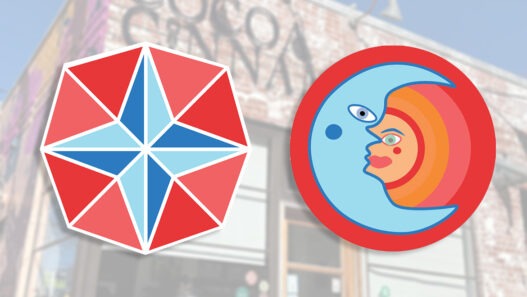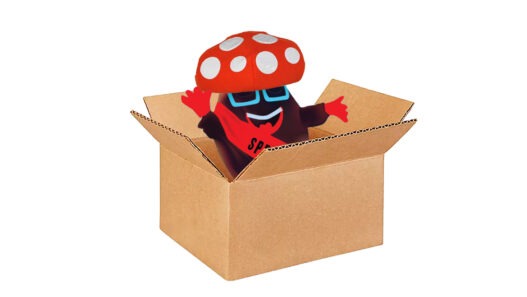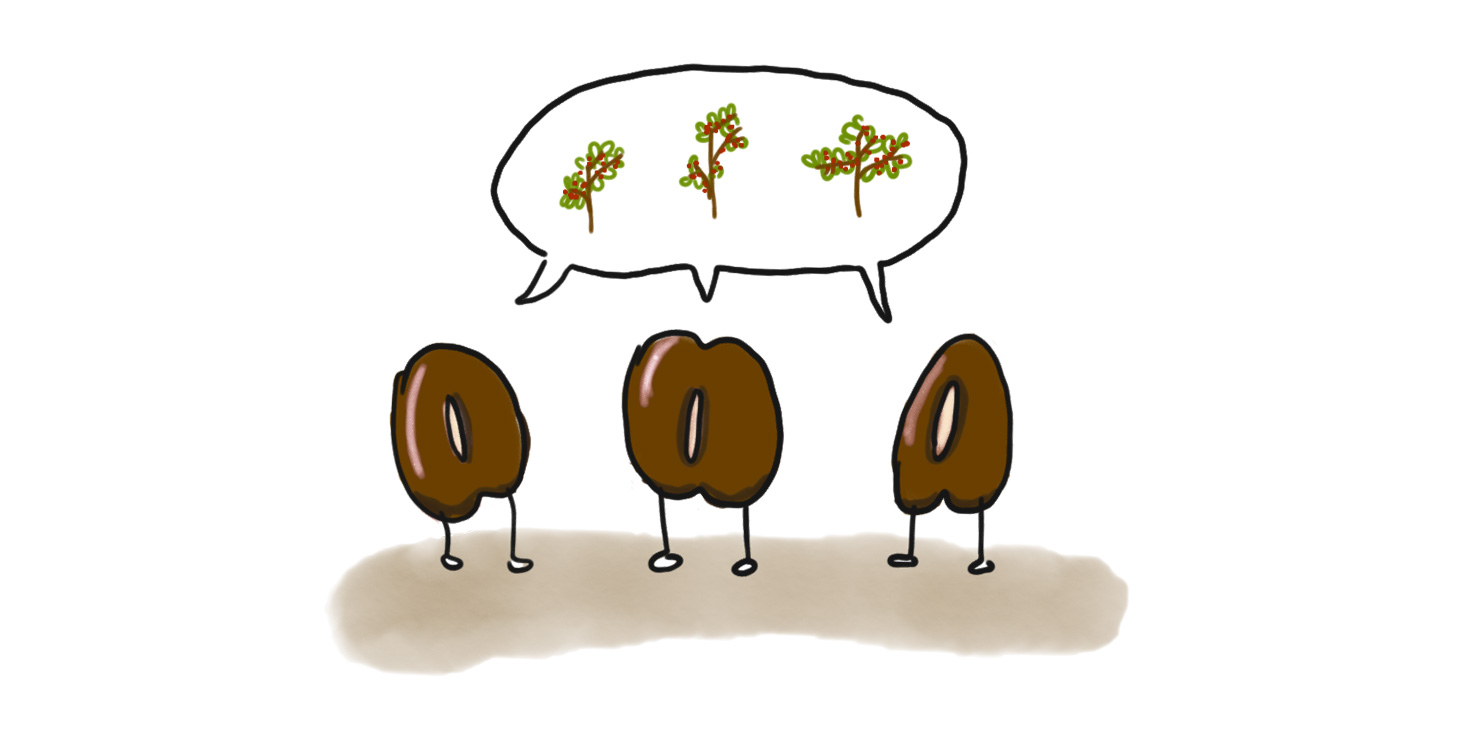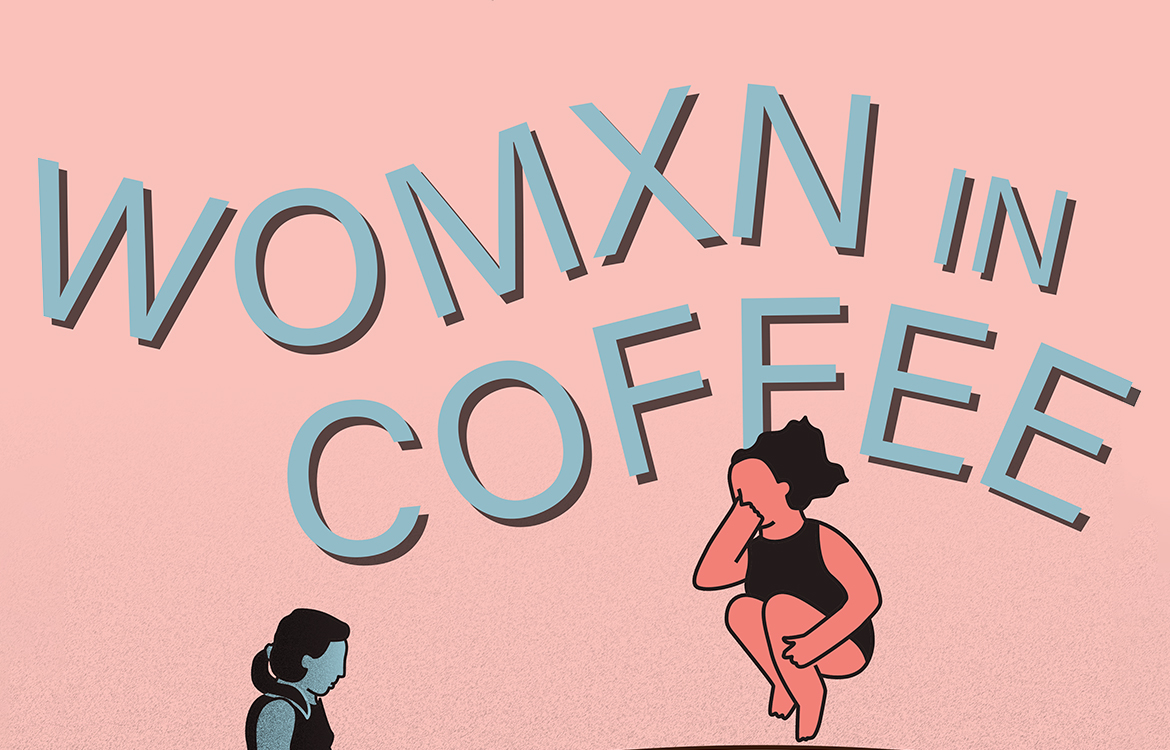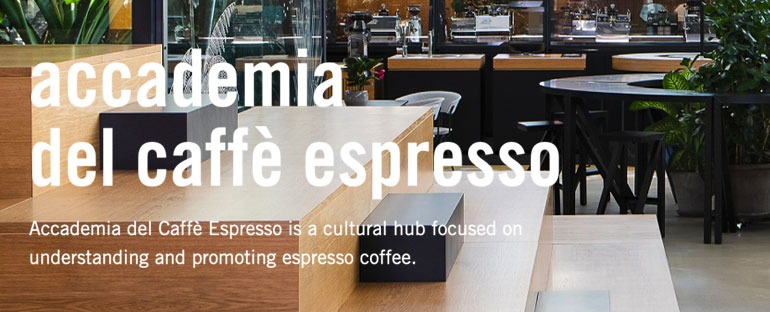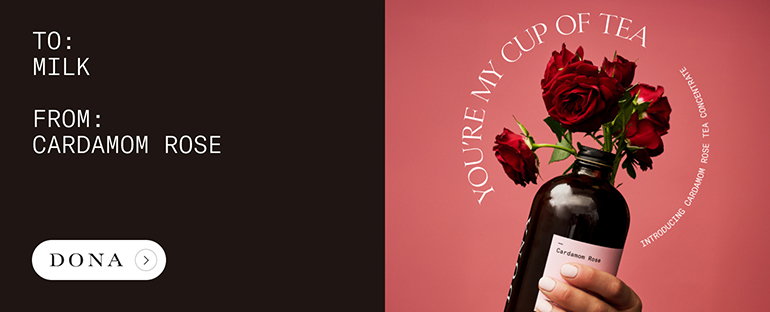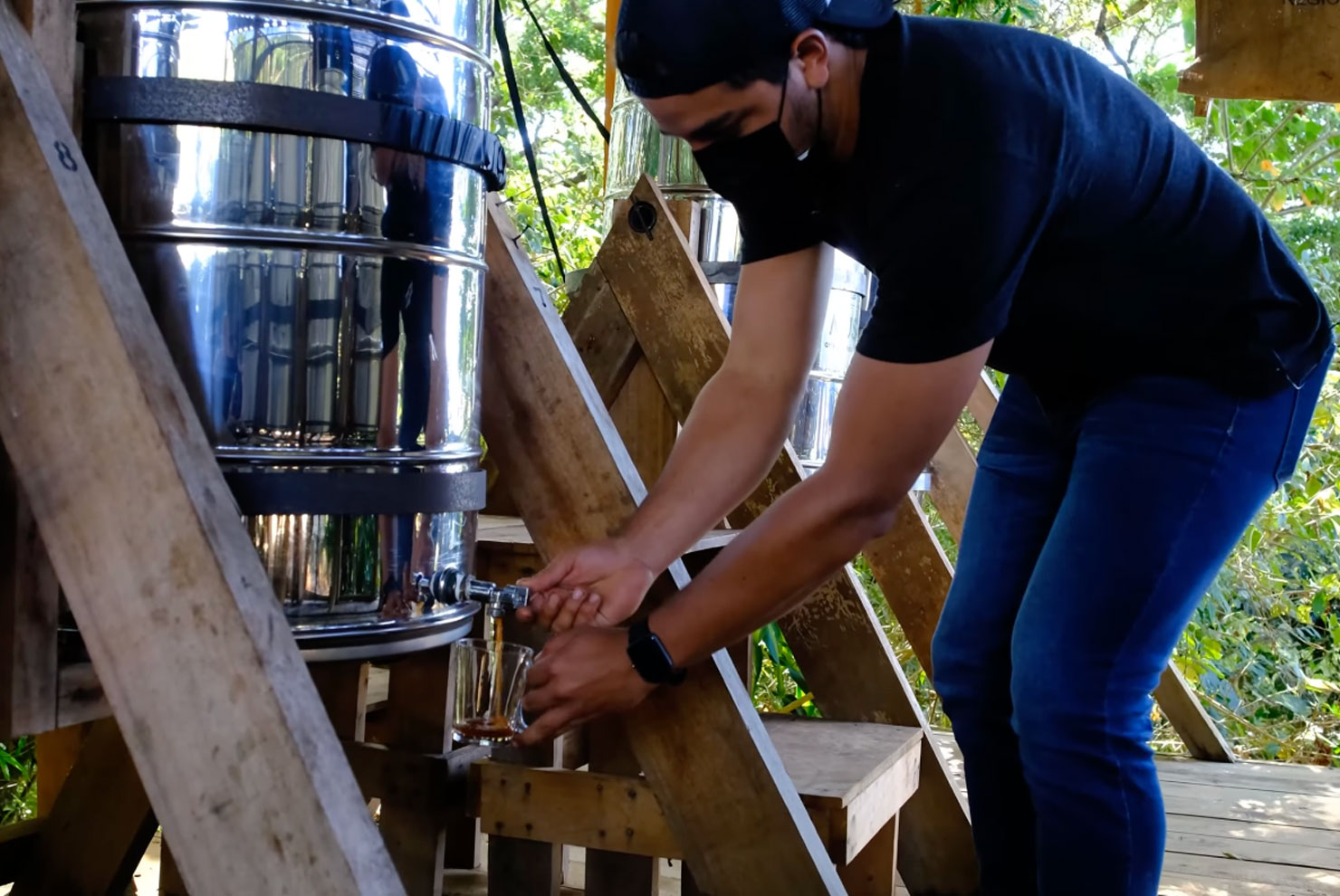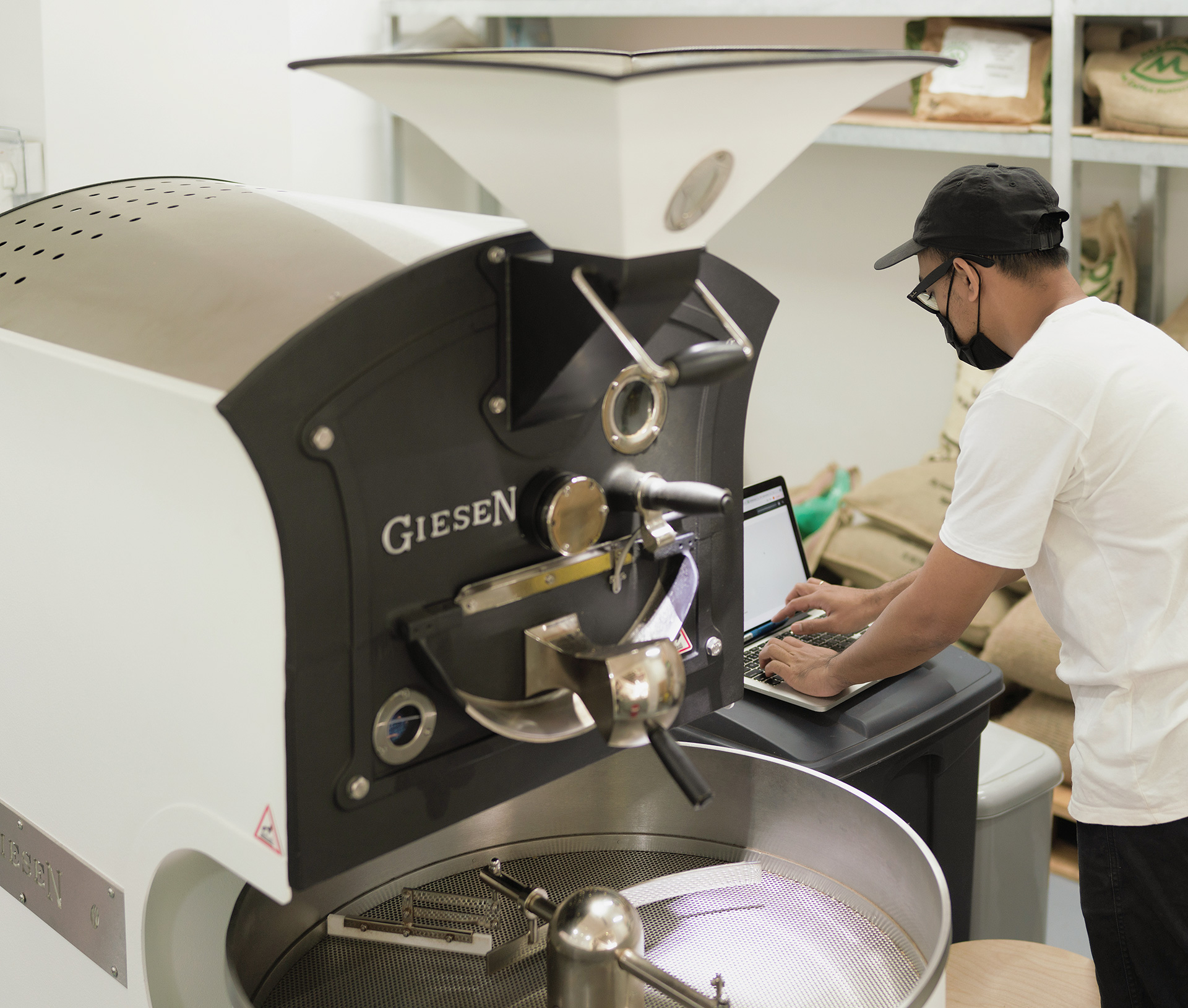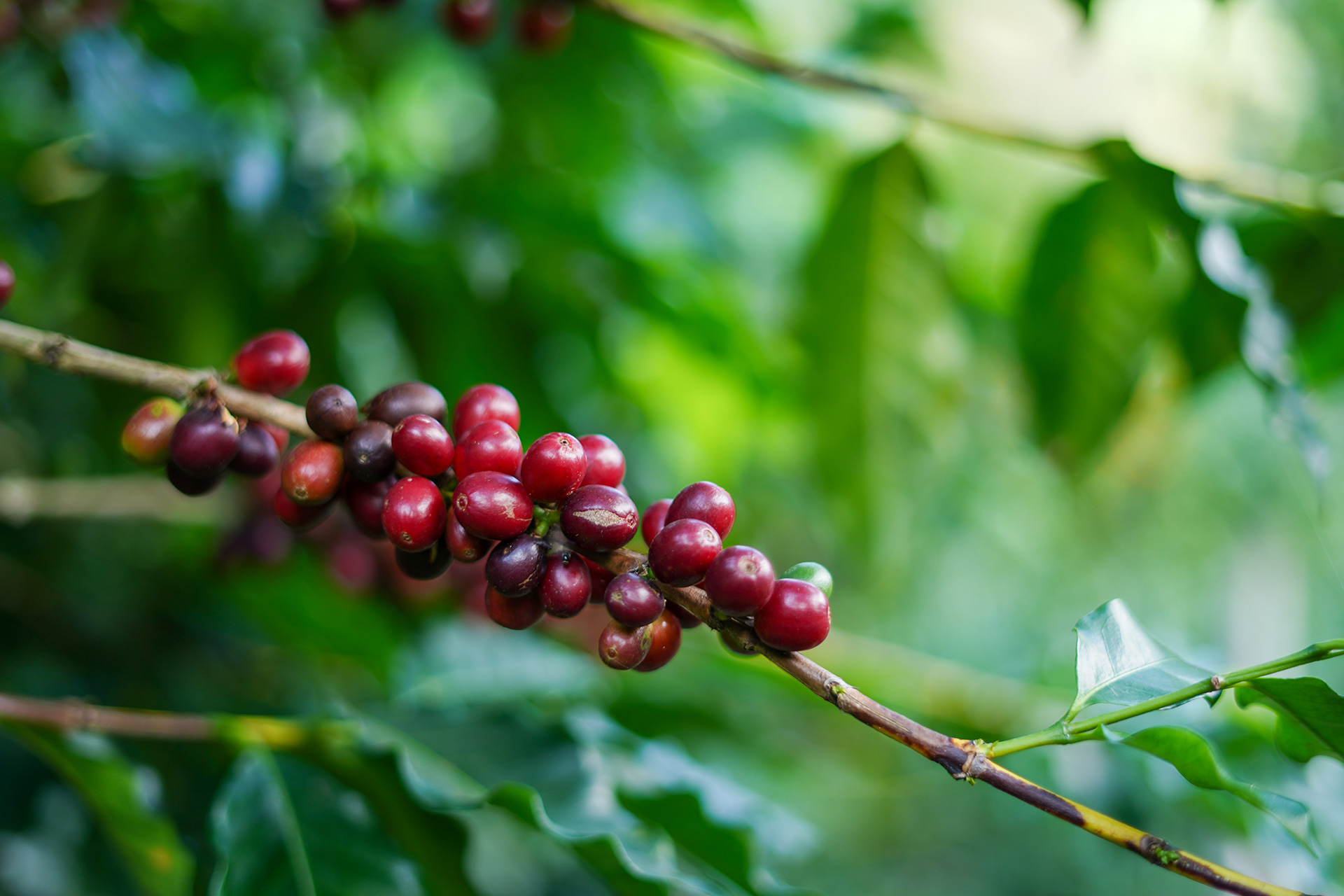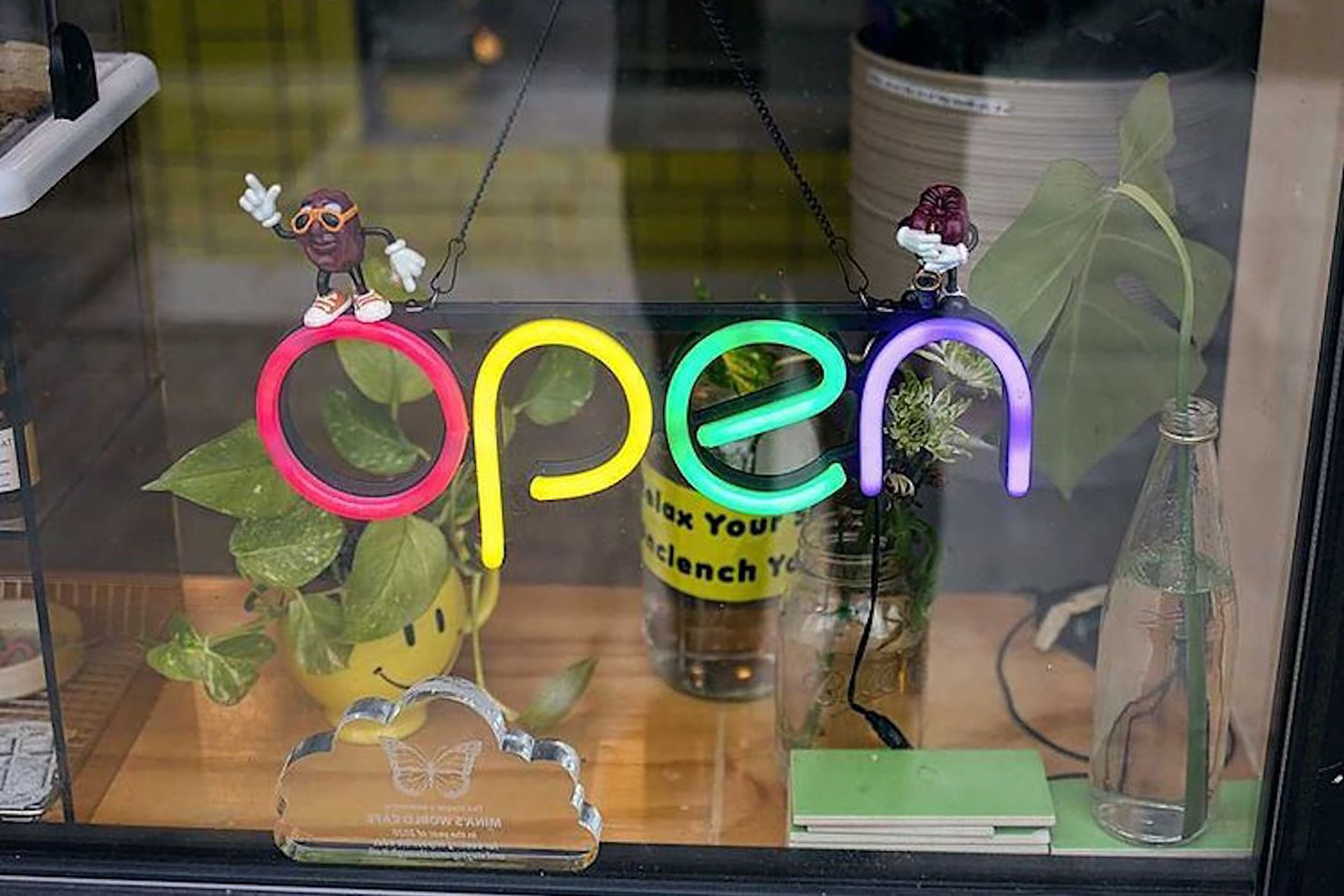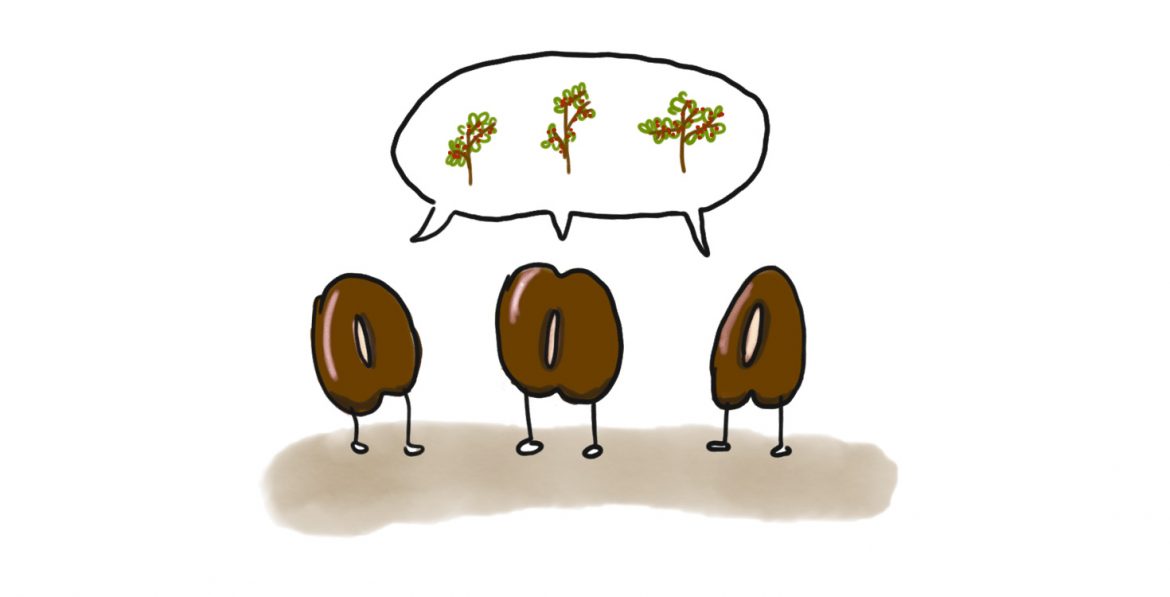
Stop me if this sounds familiar.
“This coffee was grown in fertile soil, amid a lush landscape known for producing bright, fruity notes with a hint of chocolate. We believe in sustainability and transparency throughout the supply chain. Our team travels the world to responsibly source the best coffees, taste them, and carefully roast them for you. We partner with producers who practice traditional farming methods, but aren’t afraid to try new techniques.”
If you’ve read enough coffee roasters’ About pages and coffee descriptions, then all of this should sound familiar. This was not quoted from any one company; rather, it was a patchwork of keywords pulled from many companies’ websites.
Every coffee has a story, and anyone in marketing will tell you that stories sell. It’s even easier to sell when consumers recognize certain attributes without preemptive education, such as where the coffee was grown (place-based marketing) or any certification marks (e.g. Fair Trade). If I had told you the coffee was Jamaican Blue Mountain or Kona, you’d likely have recognized the names and skipped the flavor notes. This is intellectual property (IP) at play.
This type of brand recognition is sometimes driven by a marketing campaign from the country’s government and other times, it’s a result of consumers associating certain characteristics with quality.
There is a wide range of how IP affects producers. It runs the gamut of creating a geographic indication (GI) for a specific region, developing a new variety and protecting it with plant breeders’ rights, and using certification trademarks like Rainforest Alliance. Much like the previous angle examinations of IP in this series, enforcement and laws vary by country.
Enveritas is a non-profit organization with a mission to create a sustainability verification platform for all coffee farmers through data and field assessments. COO and co-founder Carl Cervone echoes what we’ve all heard, that what makes a coffee interesting is the story behind it. Unfortunately, it’s a story often told by the buyer, and it can create a tricky loop. “On one hand, you want to bring the story to the public,” he says. But the story drives recognition and other importers become interested. “But on the other, it’s more difficult to buy it again the next year once you’ve created the buzz.”
Geographic indications (GIs) are one way for producers to collectively pursue IP protection. GIs give producers control over their story, which can be important in an industry that markets their faces and cultural assets without recognizing their original owners. Usually created for indigenous or historical products with distinctive flavor profiles—like Parmesan cheese—successful GI programs require robust organizational and institutional structures. Each country varies in its GI approach with some being government-funded and others producer-run.
Marshall Fuss, a California attorney specializing in the coffee industry, says that GI programs would be a great protection option for regional coffee producers. “The problem is that in so many regions, the farmers are poorer than winegrowers and winemakers, they are even poorer than cheesemakers,” says Fuss. “So it’s been very difficult for them. Personally, I’d be delighted to see them pursue geographical indication protection.”
One research study on IPR’s value in the coffee industry by Daphne Zografos Johnson of the World Intellectual Property Organization observed that consumer purchasing habits can influence a decision to pursue GIs programs and ethical certifications. Johnson wrote, “These emerging tendencies offer producers opportunities to pursue strategies independent of commodity pricing at the exchanges, and to capture value by asking for higher prices for better quality coffee, and more sustainable cultivation and trade practices.”
To examine this further, we can take a look at Indonesia, where the first GI was domestically registered in December 2008. The pilot project of Kintamani Bali Arabica coffee began in 2002 and led the way for the 13 coffee GIs now registered in the country. One 2009 study (PDF), published by Surip Mawardi from the Indonesian Coffee and Cocoa Research Institute, examined the region’s success by looking at the farmgate price. These prices paid to producers on the farm, excluding any export or transport fees, increased from US$0.80 per kilogram in 2002 to US$3.30 per kilogram in 2008. In addition, infrastructure and the local economy improved.
In a research article published in the Journal of Rural Studies a few months ago on this topic, Dr. Jeffrey Neilson and team argue that producers in Indonesia are not seeing the value of GIs reflected back to them. They wrote, “As a largely technocratic intervention, imported from Europe and implemented as an elite driven project, the GIs are yet to deliver economic benefits to coffee producers in Indonesia.”
So if producers aren’t earning more, then who does GI really benefit?
I posed a question about the Gayo, Indonesia GI program’s success and producer benefits to Hadiyan Ibrahim, General Secretary of Yayasan Masyarakat Perlindungan Kopi Gayo (Gayo Coffee Protection Society Foundation). Ibrahim said that while the quality has improved, the price has only remained more stable with no changes. The most direct benefit to producers has been “the traceability protection to make sure the originality of coffee.”
Indonesia is certainly not a case study for the world, and its GI programs’ successes vary even by region. But one item that GIs protect is the immeasurable sense of ownership and nationalist pride in their work. As Neilson writes, the producing countries’ interests “need to politically engage with the moral legitimacy of roasters and cafe owners to use place names and cultural property without acknowledging producer claims of ownership.” In other words, if roasters truly believe in contributing to a sustainable coffee chain, there’s certainly more work that can be done in telling the right story with the right words.
And while some countries like Indonesia and Vietnam go with a top-down geographic indication approach, other countries prefer something more decentralized. Trademarking a name of a farm or region may prove to be more useful.
Because GIs require characteristics within the region to be similar and that much of the coffee is produced on smallholder farms, Ethiopia opted for trademarking the region names themselves. This strategy received opposition from the National Coffee Association and Starbucks in 2006, contending that the country’s trademark application should be rejected based on how common the region names had become. Starbucks later caved to public pressure.
One study by Heran Sereke-Brhan, published in Boston University Frederick S. Pardee Center for the Study of the Longer-Range Future, looked at Ethiopia’s strategy and concluded that it was a success. Sereke-Brhan noted that trademarks like Sidamo, Harar/Harrar, and Yirgacheffe were registered in 30 countries, and over 80 countries had committed to being licensed distributors. The researchers extrapolated the success, predicting it would set a precedence for African cultural goods. They wrote, “Even beyond coffee, the general premise holds that African countries have the capacity to generate intellectual property assets that can then be harnessed to meet development needs.” When the producers and creative makers have control over their “story,” it’s when IP “favorably shifts the position… to capture an increased portion of retail price for their goods.”
Another IP consideration that directly affects farmers is the development of new plant varieties. “Creating a new coffee variety using traditional methods takes 30 years,” says Hanna Neuschwander, Communications Director of World Coffee Research (WCR). Combined with issues like climate change, diseases like rust, and subsequent labor problems, the work can’t stop. She says, “You have to be doing that work continuously, you can’t wait until the crisis hits to start doing it.” Breeders’ rights give the creator control over how the variety is distributed, but they also require you to make it available for other breeders to use for research.
One of the goals of World Coffee Research is to collaboratively work with countries on variety development. In a search for new coffee varieties filed in the International Union for the Protection of New Varieties of Plants (UPOV) database, Neuschwander found only 36 for plant breeders’ rights.
One of the barriers to variety development is that there is no professionalized seed sector for coffee, says Neuschwander. A seed sector, or formalized industry, will give you assurance that the seed you purchased is the correct one and support the cycle of research that is needed to produce the seed. The sector would also work to market their seeds to the farmers that will purchase them. At the end of the day, it doesn’t matter if you have a great variety if farmers don’t have access to it.
There is also currently no protection for seed quality, which can negatively affect farmers. Imagine being told you have a rust-resistant variety and later finding out that that was false. WCR often receives requests for help in identifying varieties. “At least half the time it’s not what they think it is because they just got it from a neighbor or they bought the land and someone told them that’s what it was,” she says. One resource that may become helpful is the World Coffee Research-produced Variety Catalog, filled with breeder information, agronomics data, and photos.
When asked about what he thought would be the biggest impact of sustaining the industry at the farm level, Enveritas’ Cervone noted that it came down to understanding what’s unique about a place or processing method. “To go beyond large estates, it’ll require a lot of cooperation among farmers,” he says. “It also comes down to producers listening closely to the market to recognize what is unique and what is valuable.”
Neuschwander was more stark, emphasizing a need to invest in farmers and research. She says, “Sometimes people either forget or not have full clarity on the fact that coffee is agriculture and farmers have to have the tools, resources, and knowledge that they need to support the work that they do.”
When we’re far removed from the source, we don’t think about things like plant breeders’ rights or geographic indications. Naming the region is something everyone does. But if you’re using a story to sell your coffee without acknowledging any rights of farmers, are you really supporting the coffee value chain or are you just participating in a colonialist structure?
Intellectual property is varied and complicated. Cafe designs, logos, and concepts are easily duplicated across international borders, often leaving the original creator helpless to pursue. Social media access has only fueled faster copycat manufacturers. For producers, their stories and customs are often retold into bite-sized, glorified material. And for those who have the power and resources, our job in the industry is to recognize who owns the story rights and reallocate some of that power to them. We can surely refocus some of our energy from developing another brewer to truly sustaining the industry for the next generation.
Jenn Chen (@TheJennChen) is a San Francisco–based coffee marketer, writer, and photographer. Read more Jenn Chen on Sprudge.











